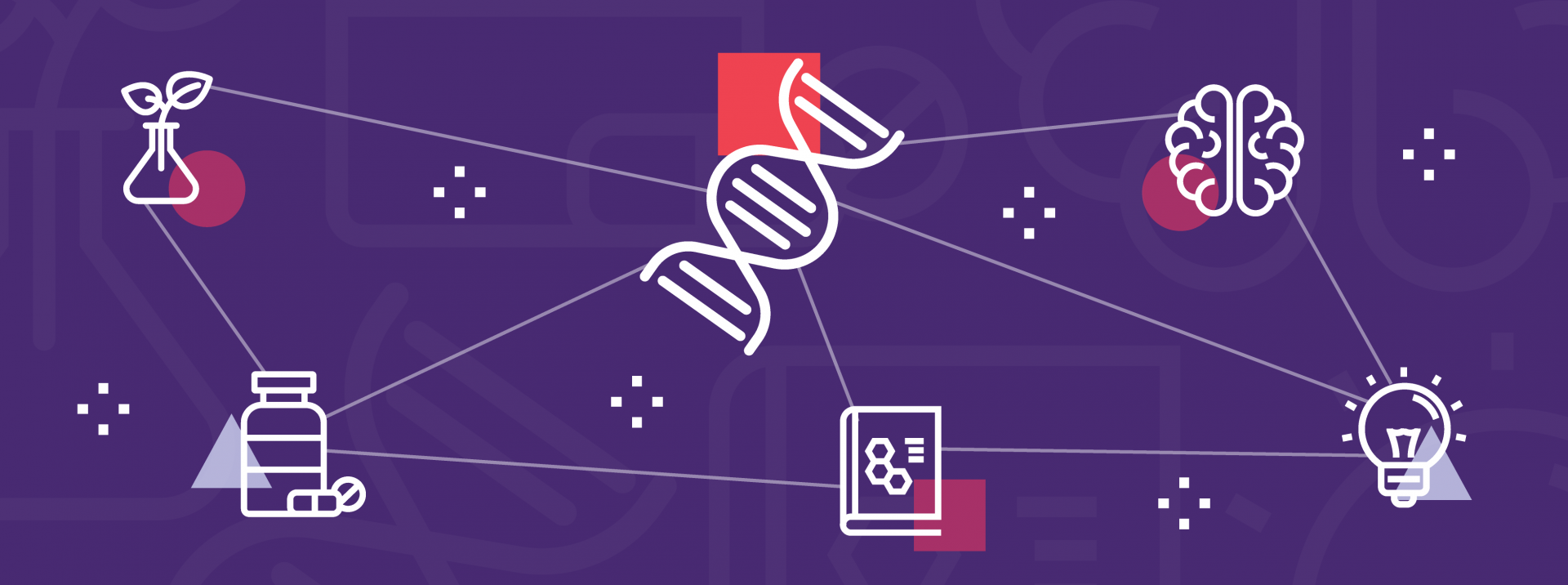McKinsey Report: Bioeconomy to Drive $4 Trillion Globally
We are not the only ones excited about the potential for a bio-driven economy. A report from analysts at the McKinsey Global Institute called The Bio Revolution spells out how biology is poised to be a major economic driver in the near future.
How major? The McKinsey team reviewed more than 400 use cases and calculated the impact of bio-based innovation at as much as $4 trillion in the worldwide economy in the next decade or two. Perhaps most impressively, the analysts estimate that 60% of physical inputs used in manufacturing today could one day be produced through biological means. Plastics, fuels, medicines and more could be made via sustainable, planet-friendly biological pipelines such as yeast fermentation. Already, yeast is being used to produce sweeteners, industrial chemicals and medicinal components.
One of the primary goals for shifting manufacturing workflows to bio-based ones is reducing our dependence on fossil fuels in an attempt to rein in climate change. Consider textiles made through petroleum-dependent processes or the greenhouse gas effect of methane-emitting cows. Decreasing the environmental impact through biological manufacturing or lab-grown meat could lead to a small but significant reduction in greenhouse gas emissions — about 8% or 9% in the next 20 years, according to McKinsey.
According to the report, the four major domains where biological innovation is poised to have the biggest initial economic impact are human healthcare and performance; agriculture; materials and energy; and consumer products. As those areas adopt bio-based manufacturing, the McKinsey team predicts, this kind of innovation will spill over into related areas upstream and downstream.
Of course, the bioeconomy will need to be nurtured as it grows. The analysts note the importance of having appropriate training, a robust workforce, and scientific investment to ensure that a bio-driven economy achieves its potential.

